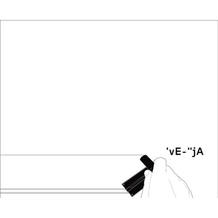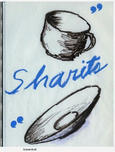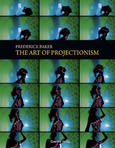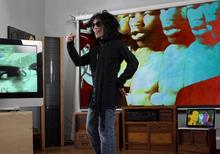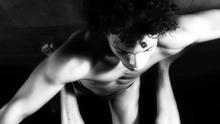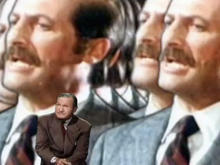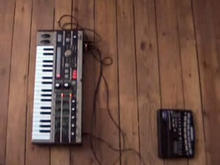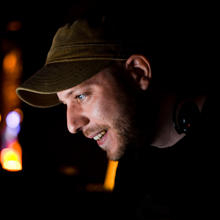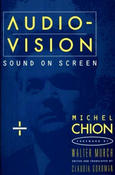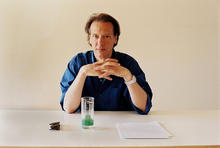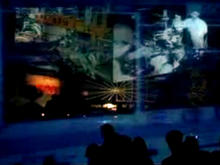Transmissions
(2010)by Kasumi captures tiny revelations in small gestures and fleeting facial expressions. The 3-minute shortfilm explores their meanings, translating them into a metaphorical language synthesized from all forms of artistic expression.
People reveal themselves in small gestures and fleeting facial expressions that, no matter how deliberate, self-aware or artificial, are invested by the person performing them with an element of totally unconscious feeling. I created transmissions to capture these tiny revelations and explore their meanings, translating them into a metaphorical language synthesized from all forms of artistic expression: image, movement, music, shape, light and composition. The point is to illuminate the mysteries of human thought and behavior on their own terms – viscerally, instinctually – and to trigger viewers’ similarly unconscious feelings through their powers of perception and association.
Source: Kasumi on Vimeo
